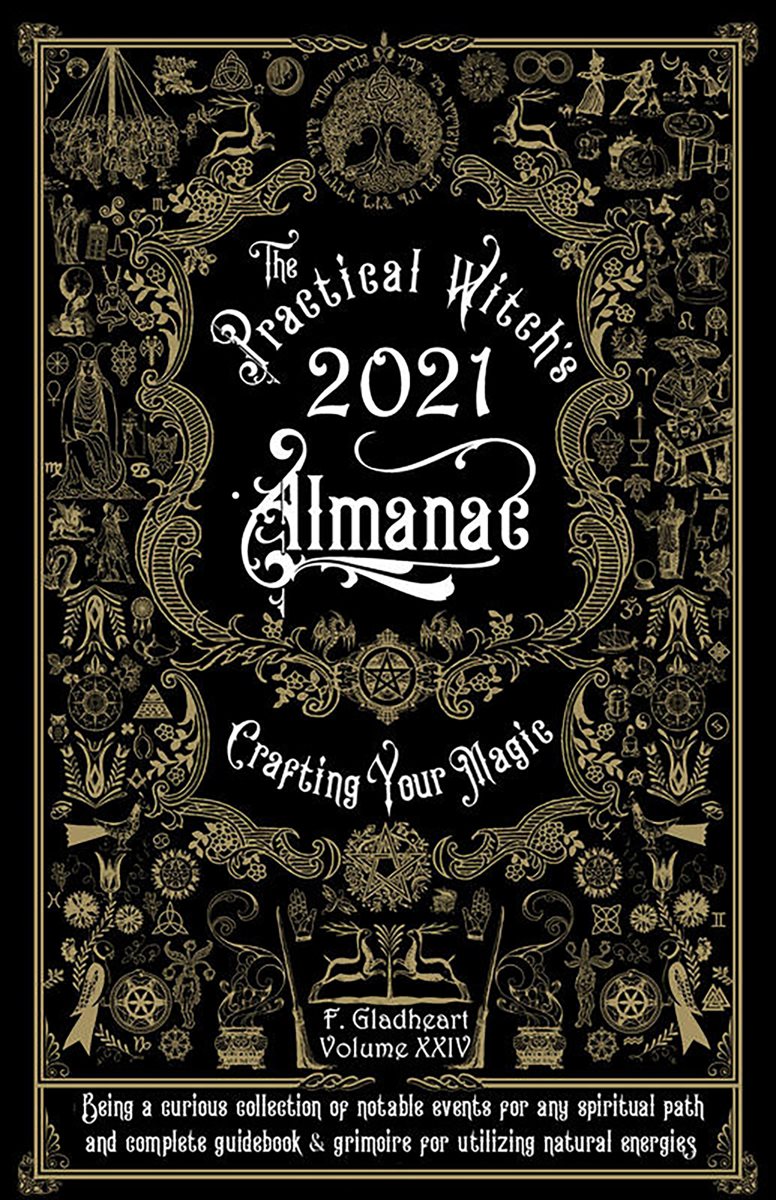
Key to Symbols
Zodiac Aries Taurus Gemini Cancer
LeoVirgoLibraScorpioSagittariusCapricornAquariusPisces Recipes See the Simplers Method article.

Parts by Volume

Parts by Weight

Moon Phases New Moon G First Quarter @ Full Moon T Last/3rd Quarter Celestial Symbols

Apogee -The Moon is farthest from the Earth in its orbit.

Perigee -The Moon is closest to the Earth in its orbit.

Opposition -Two celestial bodies appear opposite each other such as the Sun and Moon during a Full Moon.


Conjunction -Two celestial bodies appear together such as the Sun and Moon during a New Moon.


Peak Meteor Shower Days

Moon

Saturn

Mercury

and

Sun

Retrograde

Table of Contents
Using Your Almanac
Planner Pages
Planner Pages begin on .
The right side of these pages shows the calendar for the week. At the top of each week is a psychic insight and a color. The color can be used to harmonize with that weeks energy or as a study queue for color magic. All astronomical events indicated can be seen with the naked eye or simple binoculars. Viewing and experiencing these events deepens your understanding of both astronomy and astrology. On the left side youll find articles, spells, or recipes that complement the energy of each week.
These features are designed to be used as long-term reference material for many years to come.  Youll love having a planner for your schedule that includes notations for traditional Sabbats, lunar phases, meteor showers, eclipses, moon signs, holidays from around the world, seasonal festivals trivia, and other interesting tidbits.
Youll love having a planner for your schedule that includes notations for traditional Sabbats, lunar phases, meteor showers, eclipses, moon signs, holidays from around the world, seasonal festivals trivia, and other interesting tidbits.
Monthly Overview
In the Planner Pages section a two-page Monthly Overview appears just before the 1st of each month. On the left, youll find information about that month, bits of trivia, and notable events. On the right is a worksheet showing the month at a glance with the moon phase next to each date.
Study Guides
Your Monthly Overview includes a handy study guide.
Study Guides
Your Monthly Overview includes a handy study guide.
Each month a selection of herbs, tarot cards, deities, and exercises are provided to motivate your studies. This is is a flexible learning system that allows you to develop your skills in a wide variety of disciplines whether you are a beginner or have been practicing for decades. Your current level of proficiency, available time, and amount of interest will dictate how intensely you delve into each area. A beginner might simply memorize a single keyword for each of the tarot cards or one magical use for each of the herbs. An advanced practitioner might choose to meditate for several days on each tarot card, create a bind rune, or cultivate some of the herbs. The link at the bottom of each Study Guide will lead you to the companion website where you can find more information about each of the prompts, links for further research, and recommended reading.
This link becomes active a few days before the month begins and remains active until the year 2022. Covens with outer-court training and solitary beginners may wish to use the study guides to assist with the traditional year-and-a-day of training prior to dedication or initiation. Seasoned Witches may enjoy using the guides to rekindle that inner magical fire.
Almanac Time
Your almanac is uniquely suited to help you view astronomical occurrences, plan energy and magical work according to Moon phases, coordinate rituals to coincide precisely with Sabbats, and to anticipate astrological events. This is due to the consistent use of a single time zone used for all data,
Central Time. and is incorporated into the data so you do not need to add an hour from March 14 to November 7. and is incorporated into the data so you do not need to add an hour from March 14 to November 7.
The data for almanacs is fitted to a specific place, meaning that all calculations are based on one location. Usually, this is the Royal Observatory in Greenwich (GMT) and all data is simply calculated with an hourly offset such as subtracting six hours to get Central Time. The Practical Witchs Almanac is set for Central Time and is fitted to W 93 21, N 34 35 as indicated by the pin on the map on the next page. Central Time is easier to convert to most time zones in North and South America than GMT, and it covers a large area of the United States, Canada, and Mexico. Converting to additional time zones is easy with the conversions chart and map on the following pages.You can also use the online tools at
PracticalWitch.com/timeYou can now find Directories of Magical Correspondences for crystals, stones, colors, candles, herbs, oils, metals, tarot, runes, and days of the week on the website to further your studies and assist your spellwork.
Time Zone Conversions
If the map on the opposite page does not show your area, you can go to the PracticalWitch.com website to convert any time, or to look up your offset. Below is a list of common offsets for major areas.
Add or subtract as indicated based on the city that shares your time zone. Auckland, New Zealand +19 New Plymouth, New Zealand +19 Sydney, Australia +17 Melbourne, Australia +17 Cairns, Australia +16 Adelaide, Australia +16.5 Alice Springs, Australia +15.5 Tokyo, Japan +15 Perth, Australia +14 Shanghai, China +14 Hong Kong, Hong Kong +14 New Delhi, India +11.5 Moscow, Russia +9 Cairo, Egypt +8 Athens, Greece +8 Rovaniemi, Finland +8 Paris, France +7 Longyearbyen, Norway +7 Zrich, Switzerland +7 Berlin, Germany +7 Amsterdam, Netherlands +7 Madrid, Spain +7 Rome, Italy +7 Dublin, Ireland +6 Lisbon, Portugal +6 Prague, Czech Republic +6 Reykjavik, Iceland +6 Glasgow, United Kingdom +6 Ittoqqortoormiit, Greenland +5 Nuuk, Greenland +3 Halifax, Canada +2 Bridgetown, Barbados +2 Nassau, Bahamas +1 Ottawa, Canada +1 Port-au-Prince, Haiti +1 New York, NY, USA +1 Denver, CO, USA -1 Portland, OR, USA -2 Phoenix, AZ, USA -1 Honolulu, HI, USA -4 Most of Arizona does not observe DST except the Navajo Nation and North-East corner of the state). Subtract an extra hour from Almanac Time from Mar. 14 to Nov. 7. 
Next page
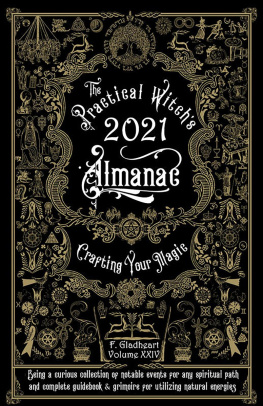
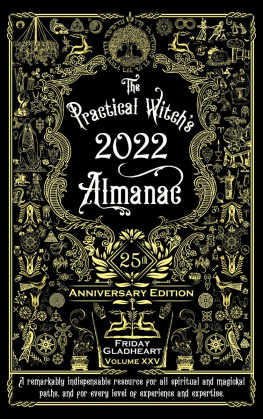

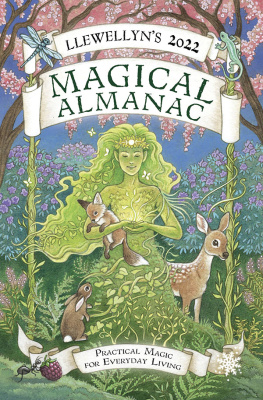

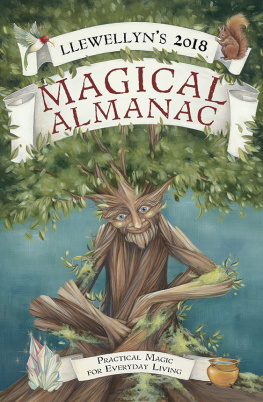
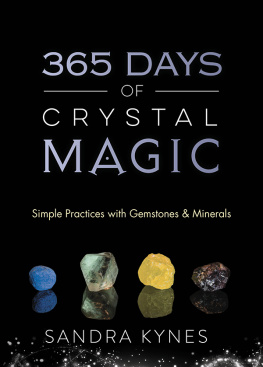
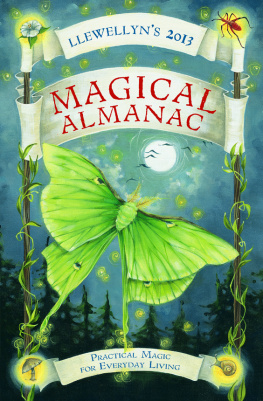
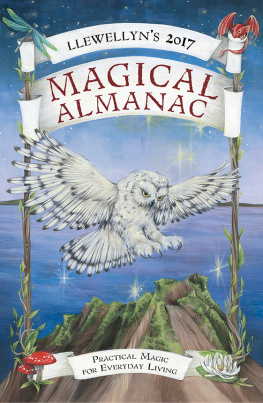
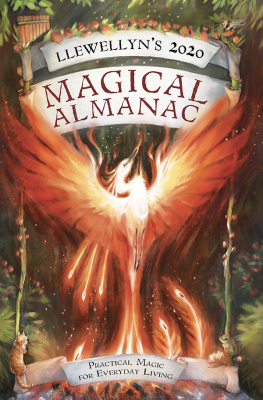
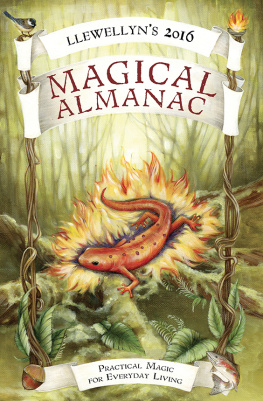


 Parts by Volume
Parts by Volume  Parts by Weight
Parts by Weight  Moon Phases New Moon G First Quarter @ Full Moon T Last/3rd Quarter Celestial Symbols
Moon Phases New Moon G First Quarter @ Full Moon T Last/3rd Quarter Celestial Symbols  Apogee -The Moon is farthest from the Earth in its orbit.
Apogee -The Moon is farthest from the Earth in its orbit.  Perigee -The Moon is closest to the Earth in its orbit.
Perigee -The Moon is closest to the Earth in its orbit.  Opposition -Two celestial bodies appear opposite each other such as the Sun and Moon during a Full Moon.
Opposition -Two celestial bodies appear opposite each other such as the Sun and Moon during a Full Moon. 
 Conjunction -Two celestial bodies appear together such as the Sun and Moon during a New Moon.
Conjunction -Two celestial bodies appear together such as the Sun and Moon during a New Moon. 
 Peak Meteor Shower Days
Peak Meteor Shower Days  Moon
Moon  Saturn
Saturn  Mercury
Mercury  and
and  Sun
Sun  Retrograde
Retrograde 
 Youll love having a planner for your schedule that includes notations for traditional Sabbats, lunar phases, meteor showers, eclipses, moon signs, holidays from around the world, seasonal festivals trivia, and other interesting tidbits.
Youll love having a planner for your schedule that includes notations for traditional Sabbats, lunar phases, meteor showers, eclipses, moon signs, holidays from around the world, seasonal festivals trivia, and other interesting tidbits.